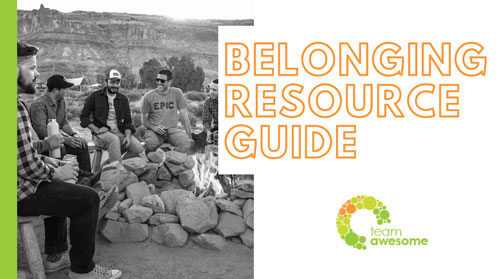Perfectionists and purveyors of excellence tend to avoid things because they imagine doing it perfectly and completely. The project they are avoiding tends to feel like a bigger undertaking than it really is, and we convince ourselves that we must need at least four uninterrupted hours to be able to tackle that task and so it sits. And sits. And sits on our mental to do list poking at us. Also, I haven’t had four uninterrupted hours since 2004 so I am unsure how I have accomplished anything holding this philosophy. Enter stage left, the shitty first draft.
The idea of shitty first drafts originates from Anne Lamott, one of my all-time favorite writers and teachers of writing. In her book, Bird by Bird, Lamott describes that all great writers have to start by unmagically writing a shitty first draft in order for mediocre second draft and great third drafts emerge. It is an epic essay of permission to us as writers (and as humans) to create things and send them out before they are finished, perfected, bow-wrapped packages (find an excerpt here).
I found this to be profound advice for anyone who dabbles in perfectionism or incredibly high standards for themselves.
A client of mine was recently dragging feet on sending an email that would essentially give direction and send ownership back into the hands of her direct reports on how to prepare for their one-on-one performance review meetings. She was procrastinating because she was imagining it as this big task, that would take time, and edits, and perfecting. She couldn’t find the time to “fit it in.” I asked her, what if she sent out a shitty-first-draft-type email? As in, a minimum viable product that would get the job done? She did it. In a matter of minutes. What was a project made bigger by perfectionism, was shrunk down to done.
Any time I see an email in my inbox that gives me a gut reaction, I tend to avoid it. I click on all of the other emails around it first, leaving those ones for last. Then, I recognize that I am doing this. And I sigh, take a big breath, and set the intention to respond with the minimum viable response. This is not to say that I am short, or curt, or rude, or not giving a valuable response. I just stop making it bigger than it is, and do what it takes to respond so the next move is in the other respondent’s court. It saves me hours of avoidant behavior, inbox and emotional clutter, and worst-case-scenario fantasizing.
Hopefully this idea will help you high-achievers and perfectionists just “swallow the frog” and cross those avoided tasks off first, and you can enjoy the rest of your day in mental peace.
About the author:
Katie Rasoul is a keynote speaker, author, coach and Chief Awesome Officer for Team Awesome, a leadership coaching and culture consulting firm. She is a TEDx speaker alumna, author of the best-selling book, Hidden Brilliance: A High-Achieving Introvert’s Guide to Self-Discovery, Leadership and Playing Big, and co-host of The Life and Leadership Podcast.
Find out more by visiting www.katierasoul.com and www.teamawesomecoaching.com or join the Team Awesome Community for awesomeness coming straight to your inbox.



Recent Comments